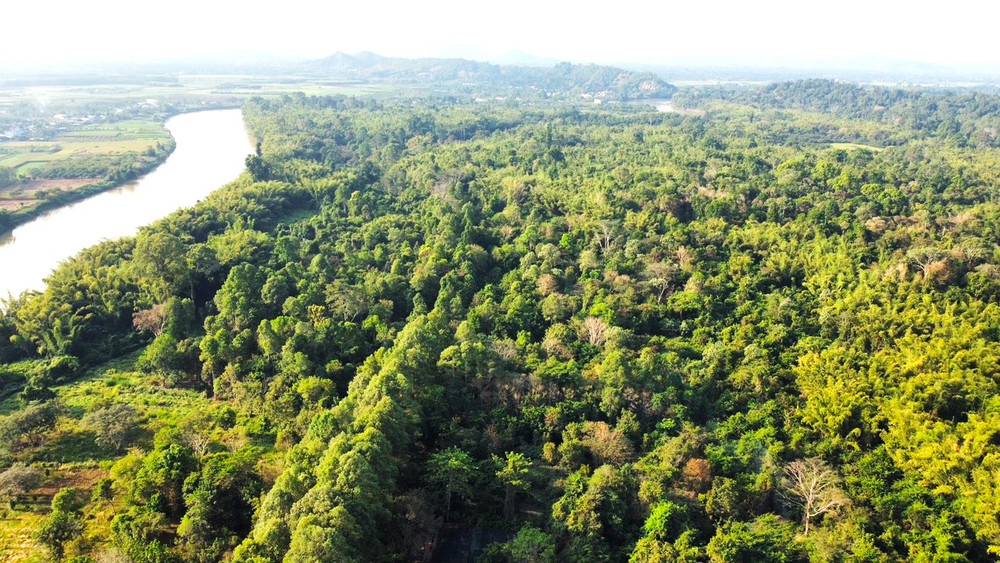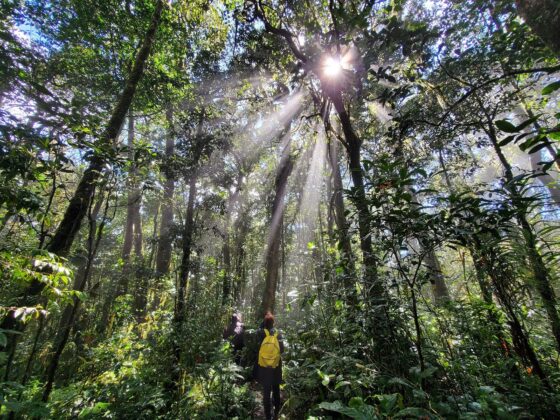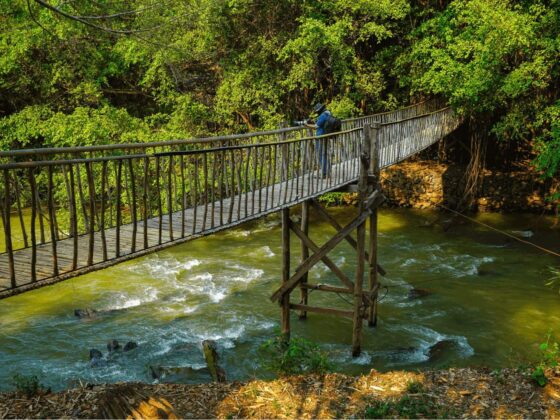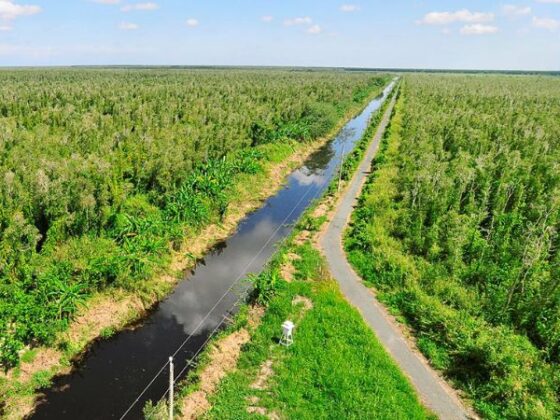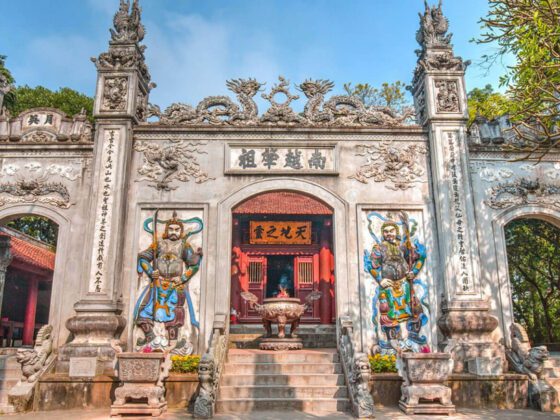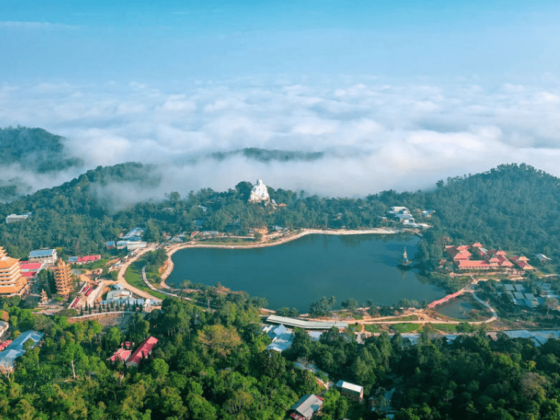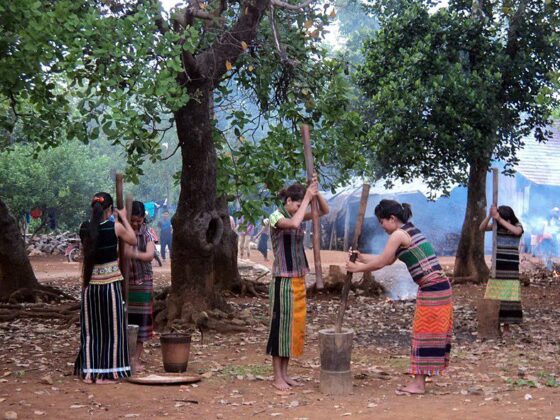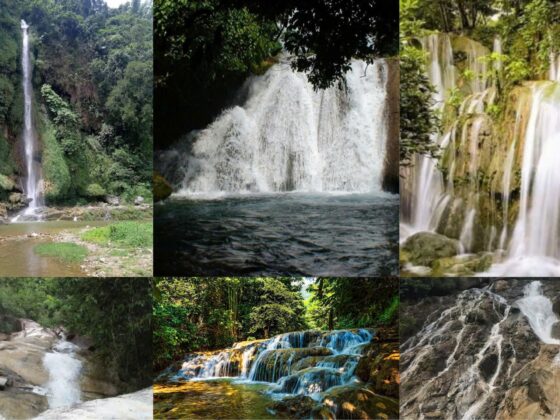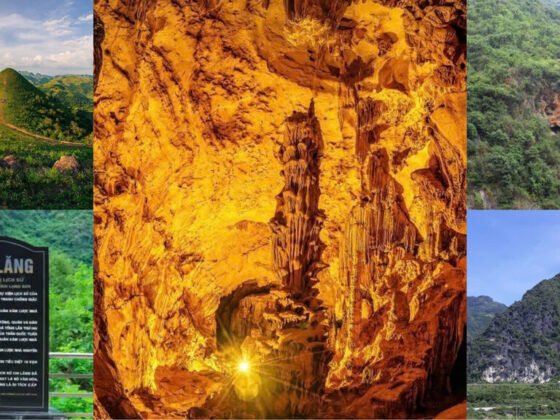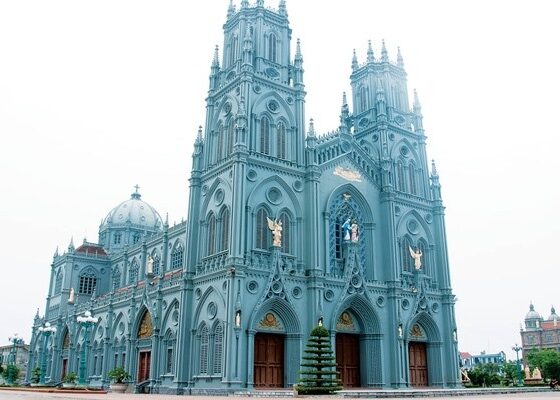Table of Contents Show
There’s a hush that falls over the jungle when you least expect it. The cicadas stop, the rustle of leaves pauses, and you feel, for a heartbeat, that the forest itself is listening. I’ve felt that hush more than once in Vietnam’s great forests, and often, just as suddenly, the silence is broken by a glimpse of rare Vietnam jungle wildlife that makes every aching step worth it.
Read more interesting posts here:
- A Coastal Paradise: The Ultimate Guide to Beach Camping in Vietnam
- Ethical Elephant Tourism Vietnam: Trekking for Conservation in Yok Đôn
- Rice Terraces and Tea Leaves: Discover Hoàng Su Phì Homestay
The challenge and reward of spotting wildlife in Cát Tiên National Park
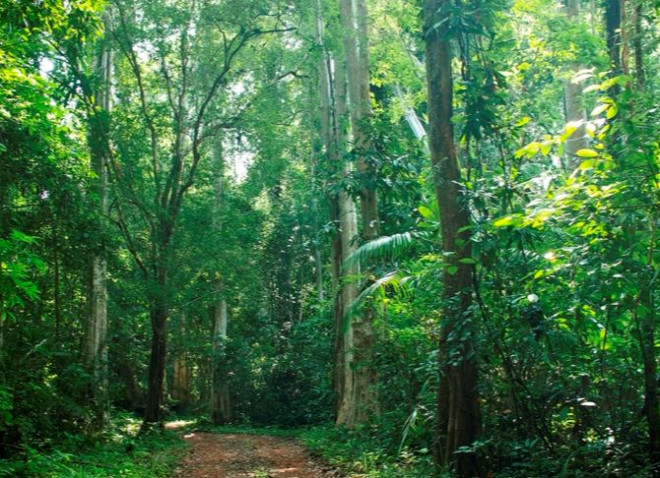
Trekking in Cát Tiên begins with effort. The heat there is heavy, wrapping you in a humid cloak that clings to your skin. Trails weave through towering hardwoods and bamboo groves, their roots snaking across the path, demanding constant attention. Every so often, you pass a clearing where sunlight pours down in golden shafts, thick with dust and pollen, before the canopy swallows you again. Amidst this lush environment, Vietnam jungle wildlife stirs all around, reminding trekkers that they are guests in a vibrant, untamed world. It’s the kind of terrain that tests patience as much as endurance.
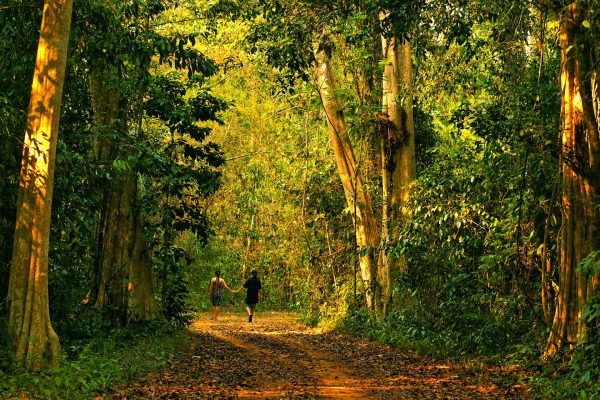
But then comes the reward. Once, while following a trail along the Đồng Nai River, I caught sight of something in the branches — a flash of black-and-white, long tail curling gracefully as it leapt from tree to tree. A langur, rare and cautious, pausing just long enough for me to lock eyes before vanishing into the leaves. It was only seconds, but it felt eternal. Later, in Chu Mom Ray, it was the slow, rhythmic wingbeats of a hornbill overhead, its enormous bill glowing in the filtered light. Each encounter reminded me that Vietnam jungle wildlife thrives here, guardians of the forest revealing themselves only when they choose.
Tips for trekking in search of Vietnam jungle wildlife
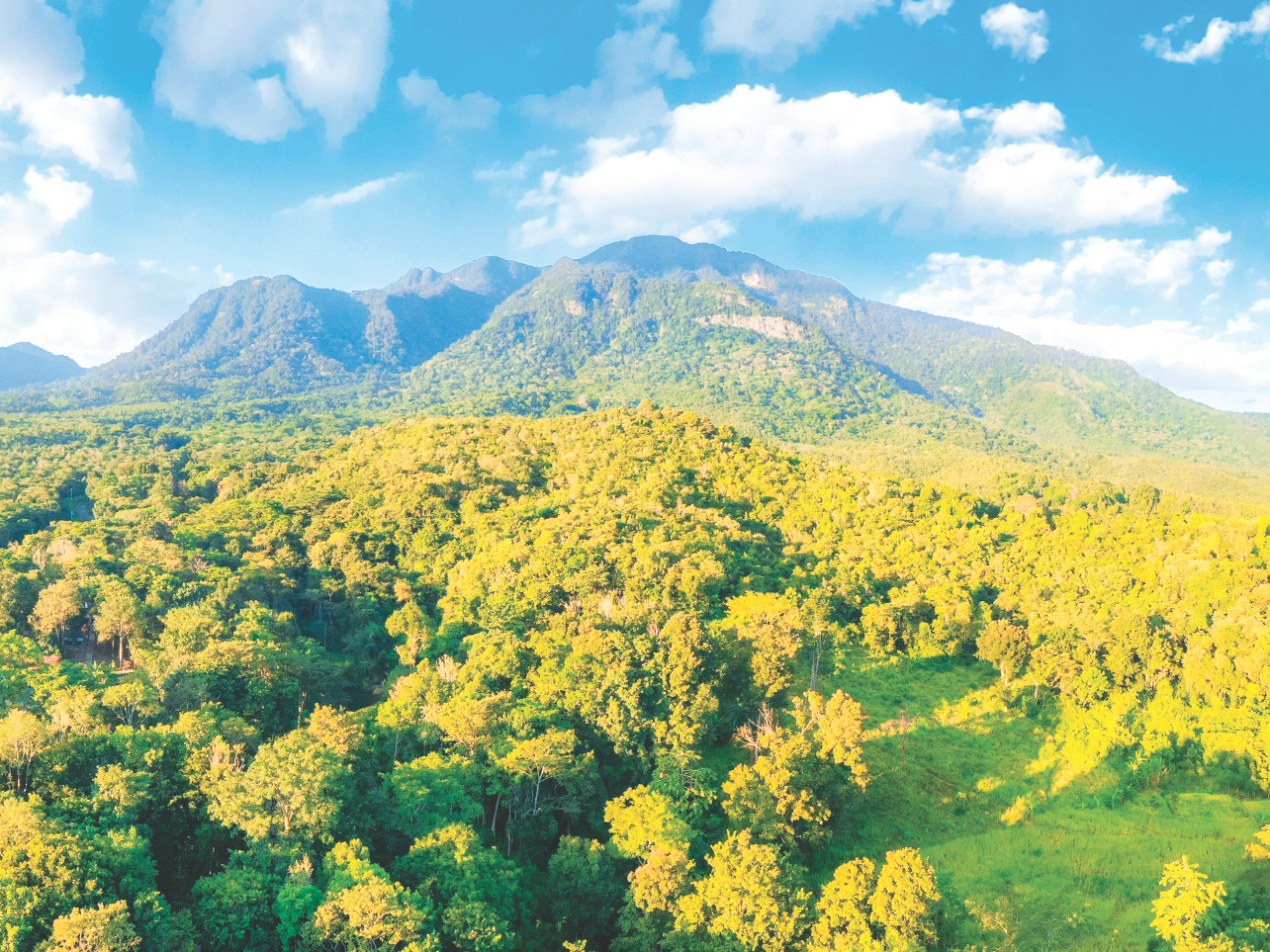
Like most tropical jungles, these forests come with their challenges. Humidity runs high, sweat dripping constantly, and close to any river or swampy ground you’ll meet an old jungle companion: the leech. For first-time trekkers, it can be unnerving to find one on your boot or leg, but they’re easy to manage. Tuck your pants into your socks, wear leech-resistant gaiters if you have them, and carry a dab of salt, lavender oil, or a quick flick of a stick to dislodge any clingy travelers. They’re harmless in the end, just another reminder that Vietnam jungle wildlife is everywhere, and every creature is part of the story.
The best places to see Vietnam jungle wildlife
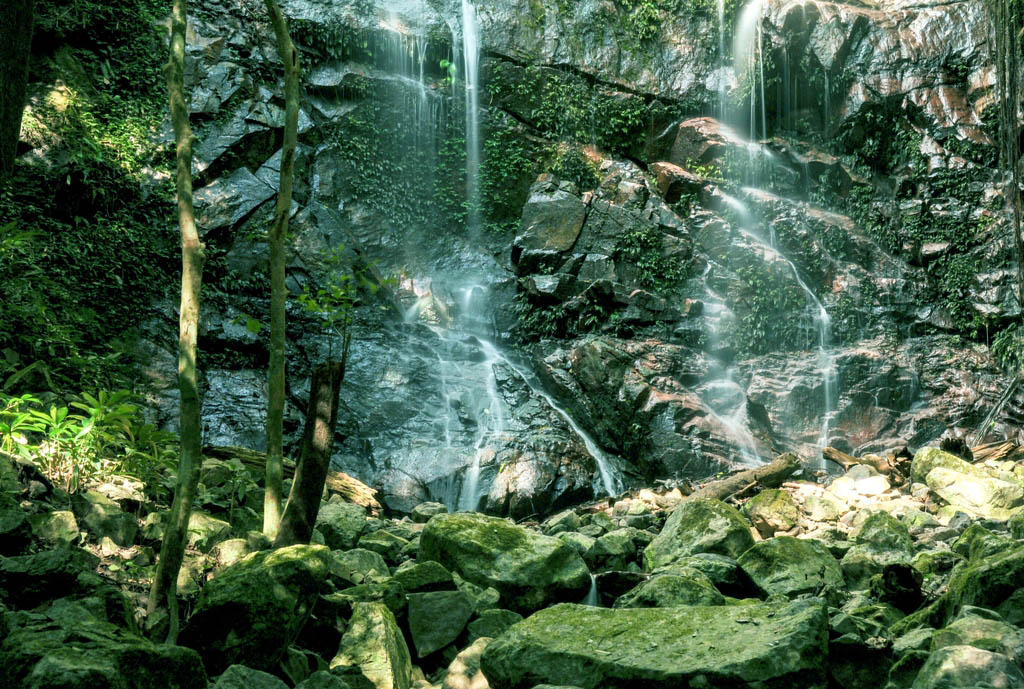
Travelers to Cát Tiên often know it as one of Vietnam’s last refuges for the critically endangered Siamese crocodile, and once, the Javan rhinoceros. Today, visitors can still catch sight of gibbons swinging through the canopy at dawn, their calls ringing like music across the forest. Chu Mom Ray, by contrast, remains almost entirely off the tourist map. Few outside Vietnam know that it is the country’s largest national park, bordering both Laos and Cambodia, a crossroads of Vietnam jungle wildlife migration. For those who make the journey, its trails are as much cultural as natural — dotted with Bahnar and Jarai villages where traditions of forest worship still guide daily life.
The cultural significance of Vietnam jungle wildlife
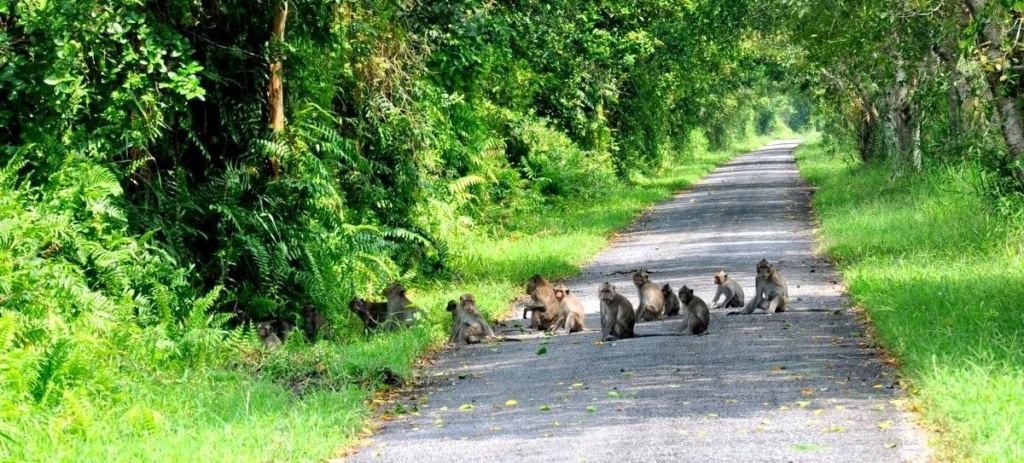
Local villagers have long believed the same truths that travelers sense instinctively. Around Cát Tiên, elders tell stories of the forest spirits that take the form of animals. A langur is not just a monkey; it is a messenger. A hornbill’s call is a sign of change, echoing through the canopy like a drum. In Kon Tum, Bahnar and Jarai elders speak of sacred animals who protect the land — gibbons whose dawn calls are said to summon the sun, or fireflies that light the way for ancestors returning to visit their children. These tales, passed down through generations, are not just folklore, they are ways of listening to the forest, of honoring the Vietnam jungle wildlife that shares it with us.
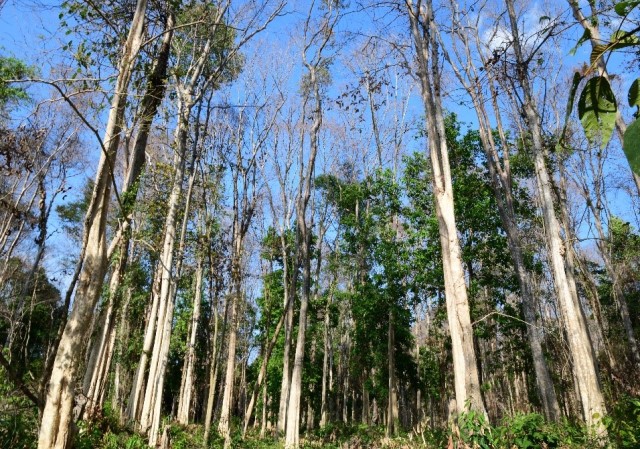
One evening after a long hike, I sat by a village fire on the edge of Chu Mom Ray. Children huddled close as an elder spoke about sacred animals, his voice low and rhythmic, smoke curling into the stars. He explained that when a rare animal appears, it’s not luck — it’s permission. The forest has decided you are safe to see its heart. I remember looking back toward the dark ridges, shadows swaying, and feeling both humbled and grateful for the Vietnam jungle wildlife that made this moment so alive.
The struggle of the trek — the mud on my boots, the sweat dripping into my eyes — faded into something greater. Wonder, awe, and a quiet responsibility. Because protecting wild spaces isn’t only about conserving biodiversity or ecosystems, though those things matter. It’s also about protecting the stories written long before us, stories in which humans and animals are not separate but kin, and where every encounter with Vietnam jungle wildlife is a reminder of that deep connection.
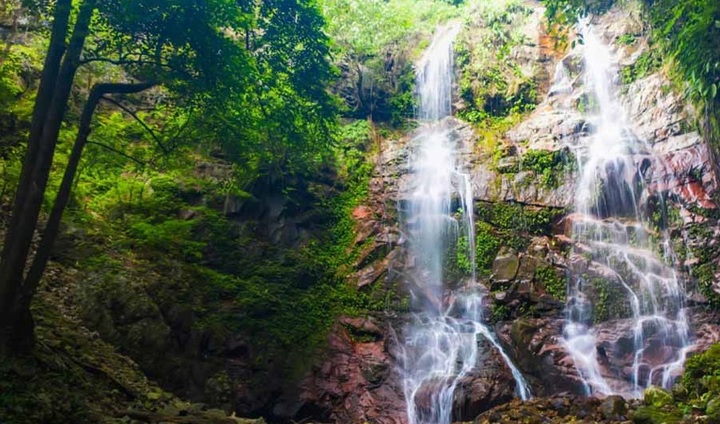
When I think of those moments now, it isn’t just the langur’s leap or the hornbill’s flight that returns to me. It’s the sense that the forest was speaking — through animals, through people, through silence itself. And I believe our role is not only to listen but to carry those voices forward.
The next time you find yourself on a jungle trail in Vietnam, legs aching and sweat heavy on your back, pause for a moment. Listen. You may not see a langur or hear a hornbill, but you’ll feel it, the presence of guardians in the green. And if you’re lucky enough to witness them, remember: it’s not just a sighting. It’s an invitation to honor and protect a world alive with Vietnam jungle wildlife, a world that speaks more clearly than we often realize.
Conclusion
In the end, the search for Vietnam jungle wildlife is a journey of wonder, awe, and quiet responsibility. It’s about protecting the stories written long before us, stories in which humans and animals are not separate but kin. When I think of those moments now, it isn’t just the langur’s leap or the hornbill’s flight that returns to me. It’s the sense that the forest was speaking, and our role is not only to listen but to carry those voices forward.
Ready to discover your own trail tale? Join our community of explorers in the ExoTrails Facebook Group and follow the ExoTrails Fanpage for daily inspiration and trail tips!
FAQs
What kind of rare wildlife can be found in Vietnam’s jungles?
Vietnam’s jungles are home to various rare wildlife, including several species of langurs, hornbills, gibbons, and critically endangered species like the Siamese crocodile.
What is the main difference between Cát Tiên and Chu Mom Ray National Park for wildlife viewing?
Cát Tiên is more established for tourism, known for gibbon sightings at dawn. Chu Mom Ray, Vietnam’s largest national park, is much more remote, offering a wilder experience at a crossroads for wildlife migration.
How can I prepare for leeches during jungle treks in Vietnam?
To manage leeches, wear long pants tucked into your socks, consider leech-resistant gaiters, and carry salt or lavender oil. While unnerving, leeches are generally harmless.
What cultural significance do animals hold for ethnic minorities in Vietnam’s forests?
For groups like the Bahnar and Jarai, animals often hold deep spiritual significance, viewed as forest spirits or messengers. Langurs, hornbills, and gibbons are central to their folklore.
What is the best time to visit Cát Tiên or Chu Mom Ray for wildlife viewing?
Generally, the dry season (roughly December to April) is recommended as trails are more accessible, and animals may be easier to spot near water sources.

